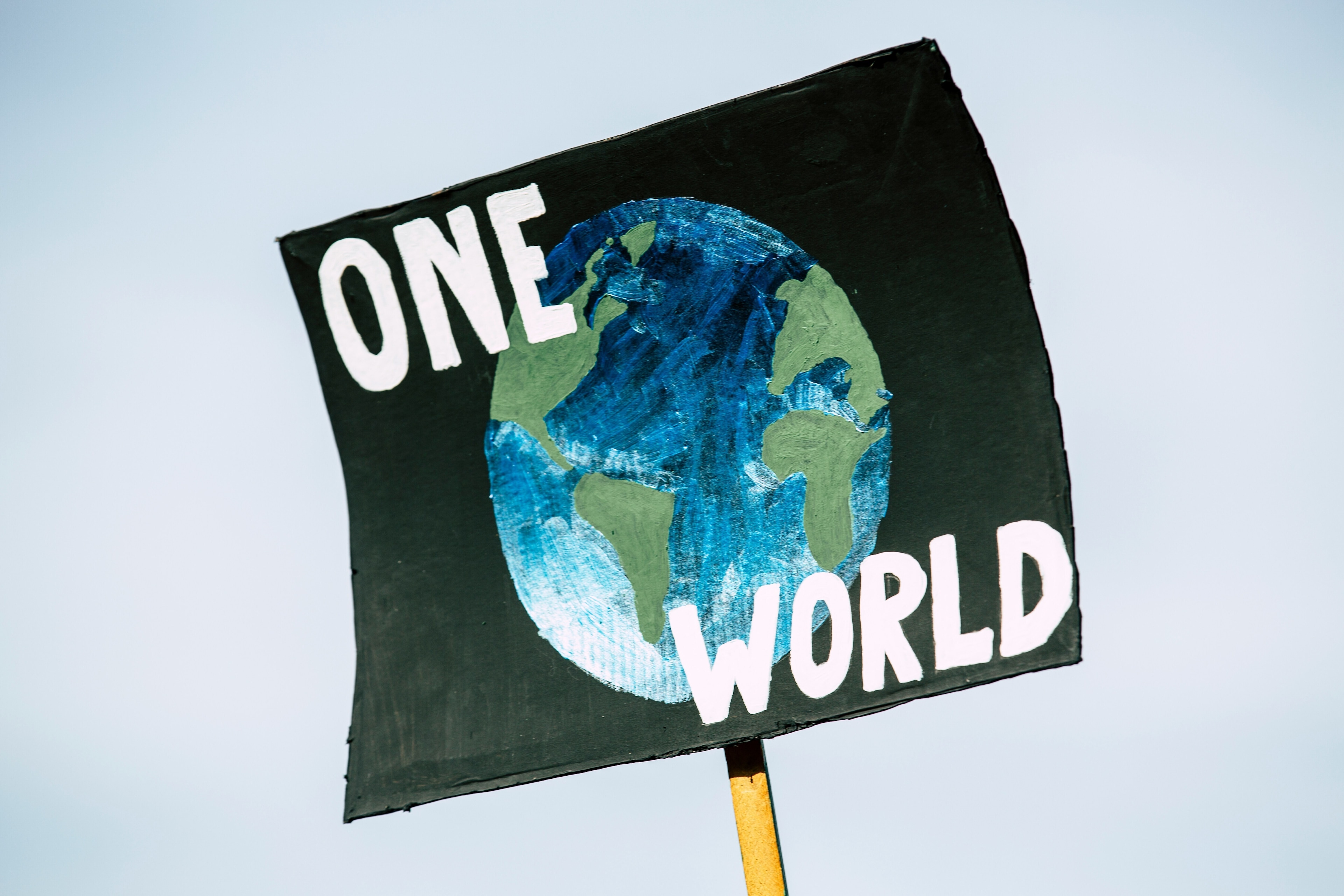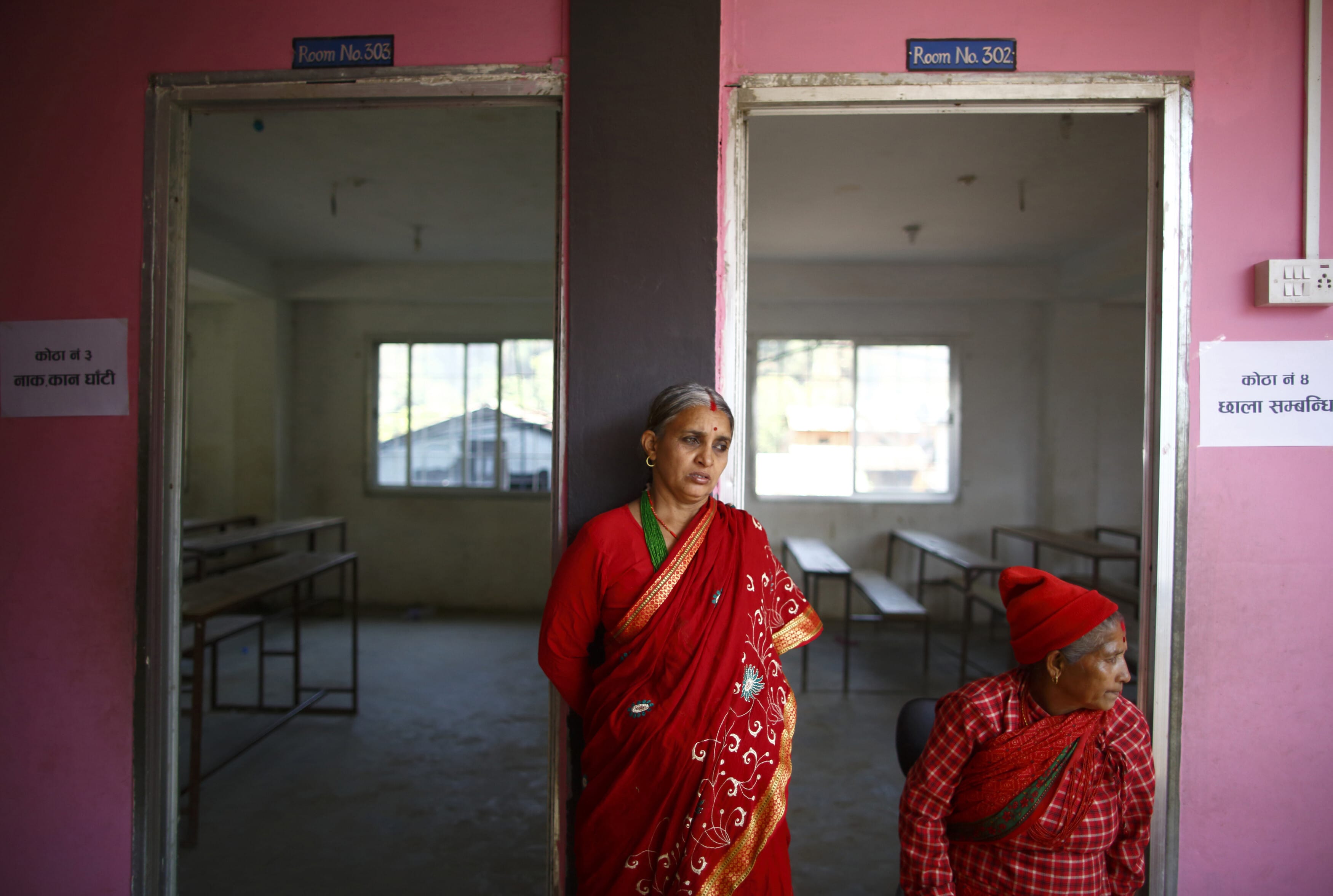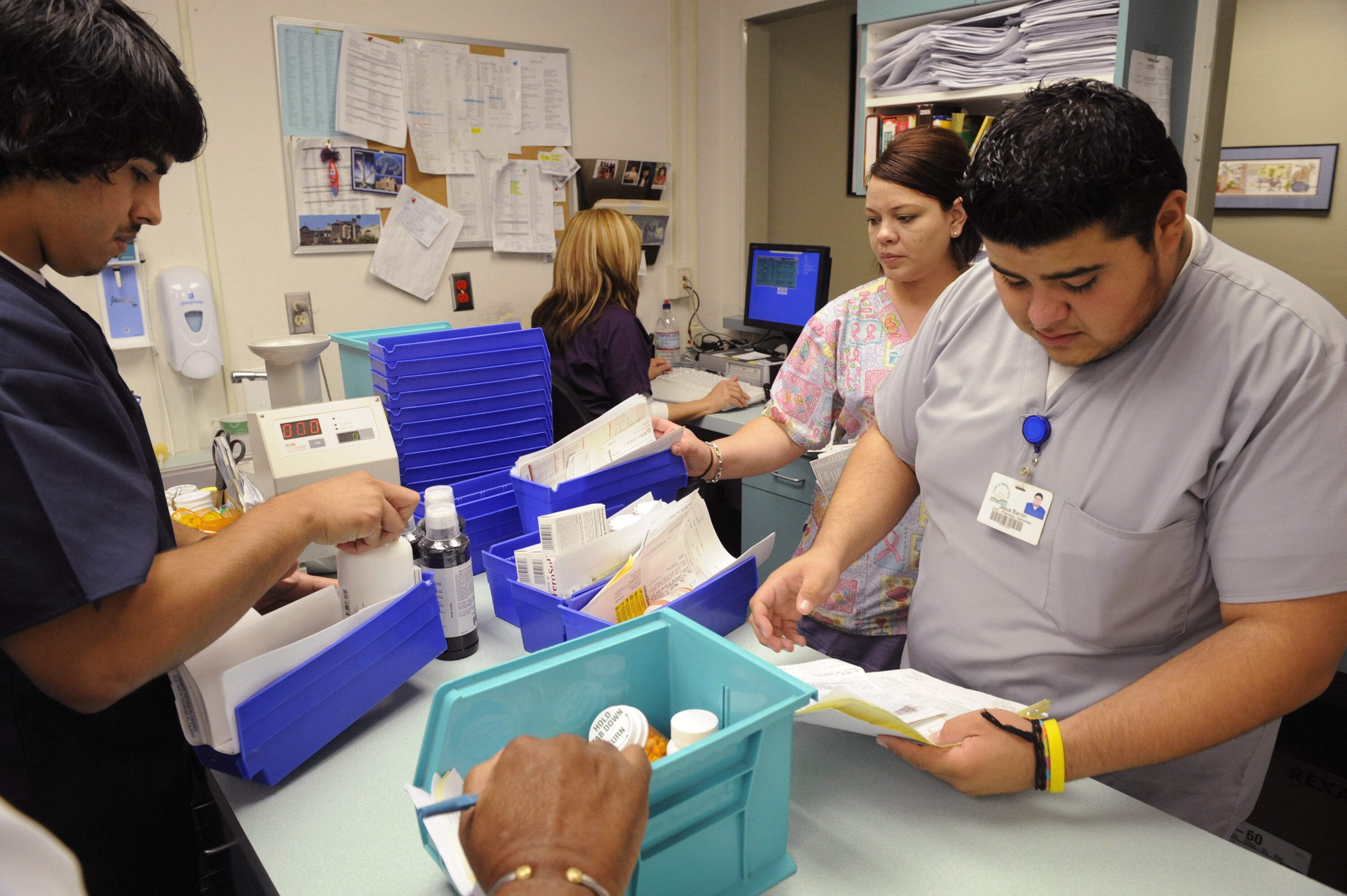COVID-19 is likely to increase youth unemployment in Africa, this is how business can mitigate the damage

Image: REUTERS/Thomas Mukoya
Explore and monitor how COVID-19 is affecting economies, industries and global issues
Stay up to date:
COVID-19
- Nearly 20 million jobs in Africa will be threatened by the COVID-19 crisis. With youth unemployment twice that of adults, the potential for social unrest is real.
- Transformation Maps are a knowledge tool that can help stakeholders move from anecdotal evidence to a more rigorous and systematic understanding of the drivers of conflict and resilience.
- By adressing the drivers of conflict, companies can help reduce the risk of conflict, and better ensure the long-term preservation and resilience of their businesses.
A report by the Africa Union estimates that due to the COVID-19 pandemic, “nearly 20 million jobs, both in the formal and informal sectors, are threatened with destruction”. The resulting potential for social unrest is largely due to the disproportionately-affected youth demographic (15-24 years), whose level of unemployment is twice that of older adults.
Africa is demographically the world’s youngest continent. By 2030, one fifth of the global labour force – and nearly one third of the global youth labour force – will be from this region. While 10 to 12 million youth enter the workforce each year, only 3 million formal jobs are created. Indeed, the impact of the ongoing COVID-19 pandemic will likely exacerbate this trend. Notably, in the first month of the crisis, it has been estimated that the income of informal workers in the region dropped by 81%. In Africa, 85.8% of employment, and 95% of youth employment, is informal. The ILO defines informal employment as “employment without legal or social protection”. This work is often characterized by low pay, erratic hours, uncertain employment status, and hazardous working conditions.
Worryingly, the combination of the region’s demographic dividend and the first recession in 25 years will probably increase the risk of social unrest. There is a considerable body of literature that argues, both from theoretical and empirical perspectives, that large youth unemployment – associated with socioeconomic inequalities and corruption – is a driver for instability and national insecurity. For example, access to quality jobs was a central demand and a key driver of the Arab Spring protests. Moreover, in the Regional Risks for Doing Business 2020 report, for the second year running, business identified “unemployment or underemployment” as the top risk in the region.
While the primary responsibility for peace, security and development must rest with governments, we are witnessing a growing acceptance and enquiry into multitrack approaches to conflict prevention, whereby private-sector efforts complement those of the public and civil society sectors. An analysis of patterns across case studies suggests that companies can help establish or sustain peace, or mitigate conflict. Attempts have been made to develop a theoretical framework for measuring the effects of private-sector activities on the development of peace and security.
Effectiveness in conflict prevention and peacebuilding flows from intervention into the key driving factors of conflict – factors without which the conflict would not exist or would be significantly different.
To the extent that private-sector actors aspire to change the driving factors of conflict and violence sufficient to achieve positive outcomes, there needs to be a clear theory of change, which analyses the key drivers of conflict and resilience, and conceptualizes strategies for transforming conflict dynamics. Transformation Maps are a knowledge tool that can help stakeholders move from anecdotal evidence to a more rigorous and systematic understanding of the drivers of conflict and resilience.
Importantly, any role for business can only complement other elements of conflict prevention and should not be seen as distinct. One implication of a systems perspective to conflict prevention and peacebuilding is that the effect of any intervention derives from the impacts that the activities have on drivers of conflict within a larger conflict system, and not from any intrinsic good that comes from a particular standalone activity.
For example, an estimated 9 million people (mostly youth) in Africa are directly involved in artisanal and small-scale mining (ASM) – and an additional 54 million indirectly depend on ASM for their livelihoods. (In most African countries, 5-20% of the population directly depends on ASM.) However, almost all ASM activities are informal and occur outside of legal frameworks. Consequently, the illegal trade of minerals contributes to violent conflicts.
Global mining companies are attempting to address these discrete drivers of conflict – vulnerable employment, inequality and exclusion – by providing artisanal miners with geological, value-addition and administrative support. But these local-level interventions must be integrated into regional and international regional mechanisms that legalize and formalize ASM activities.
By weakening or transforming the drivers of conflict, companies can help reduce the risk of conflict, and better ensure the long-term preservation and resilience of their businesses.
”In all cases, these interventions should be undertaken in ways that acknowledge the primacy of local actors, are sensitive to the complex context, and help build trust and confidence.
In the aftermath of the COVID-19 pandemic, there will be an even greater demand for job security in Africa; and there will be a need to further develop inclusive business models that facilitate young people’s transition to the formal economy, which in turn will reduce the risk of instability.
This article first appeared on CNBC Africa
Don't miss any update on this topic
Create a free account and access your personalized content collection with our latest publications and analyses.
License and Republishing
World Economic Forum articles may be republished in accordance with the Creative Commons Attribution-NonCommercial-NoDerivatives 4.0 International Public License, and in accordance with our Terms of Use.
The views expressed in this article are those of the author alone and not the World Economic Forum.
Forum Stories newsletter
Bringing you weekly curated insights and analysis on the global issues that matter.
More on Health and Healthcare SystemsSee all
Andrea Willige
September 22, 2025
David Elliott
September 22, 2025
Amira Ghouaibi
September 22, 2025
David Elliott
September 19, 2025
Nina Rawal and Dorothy Chou
September 18, 2025
Eric White and Elia Tziambazis
September 18, 2025






